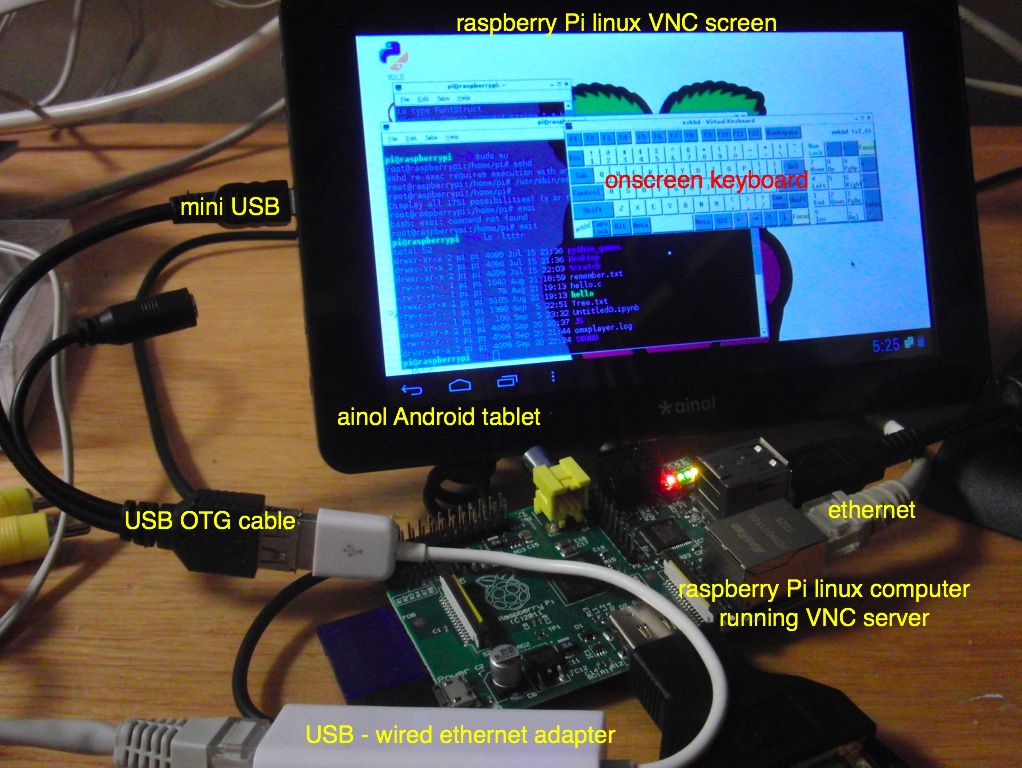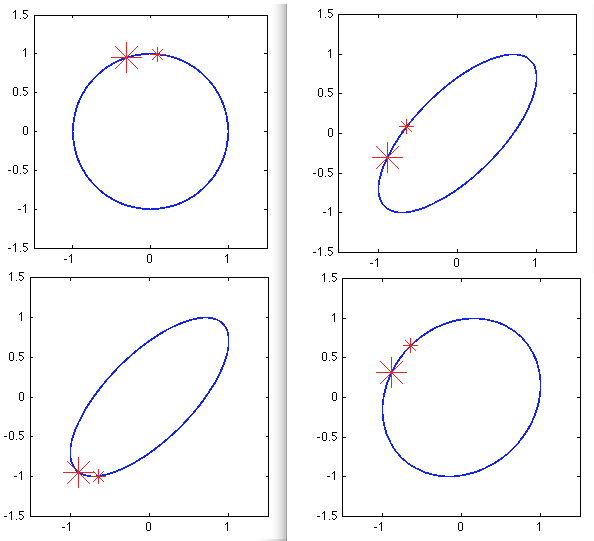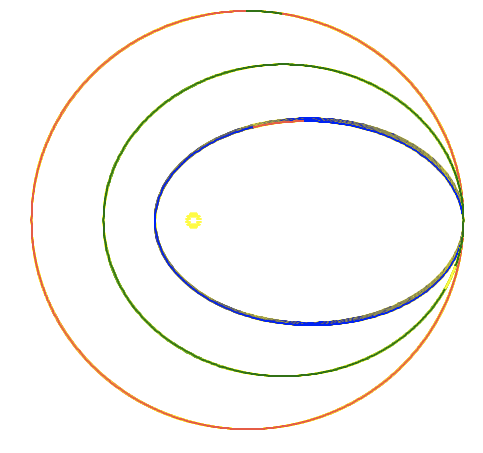 Tablets for creativity and science - and the raspberry Pi
Tablets for creativity and science - and the raspberry PiThere are now many affordable and even out right cheap tablets - computers with touch screens ...
 A Strange Question On Cosmic Microwave Background Radiation.
A Strange Question On Cosmic Microwave Background Radiation.I just ask. If I look at a glowing something with an antenna, I will not get any signal, I think...
 As Is Well Known About Lissajous Curves And Ellipses
As Is Well Known About Lissajous Curves And EllipsesThis is a continuation of "As is well known about elliptic trajectories" where I have put it as...
 As Is Well Known About Elliptic Orbits
As Is Well Known About Elliptic OrbitsWhen we teach, and even communicate with people whom we assume to belong to some sort of common...








